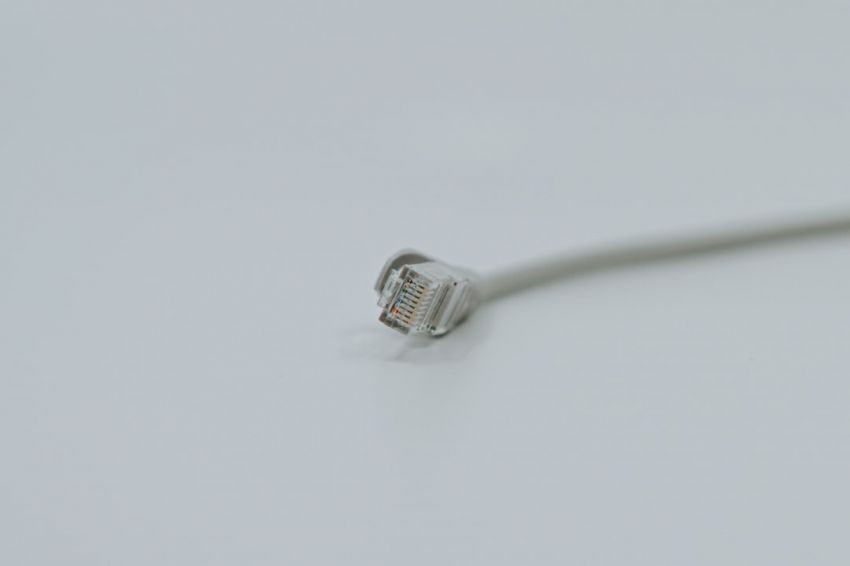What Are the Challenges of Implementing Lpwan?

The Challenges of Implementing LPWAN
LPWAN, or Low Power Wide Area Network, is a technology that offers long-range communication with low power consumption, making it ideal for the growing Internet of Things (IoT) sector. While LPWAN has the potential to revolutionize various industries, its implementation comes with a unique set of challenges that can hinder its widespread adoption. In this article, we will explore the obstacles that organizations may face when implementing LPWAN technology.
Complexity in Network Deployment
One of the primary challenges of implementing LPWAN is the complexity involved in deploying the network infrastructure. Setting up an LPWAN network requires careful planning and coordination to ensure seamless connectivity and coverage. Organizations need to consider factors such as network topology, gateway placement, and interference from other wireless technologies. Additionally, the deployment process may involve navigating regulatory requirements and obtaining necessary permits, further adding to the complexity of implementation.
Interoperability Issues
Another significant challenge in implementing LPWAN technology is interoperability issues. As the IoT ecosystem continues to expand, devices from different manufacturers and vendors must be able to communicate effectively within the network. However, achieving interoperability between devices can be challenging due to differences in communication protocols, data formats, and security mechanisms. Without standardization and interoperability, organizations may face compatibility issues that hinder the seamless operation of their IoT applications.
Security Concerns
Security is a critical consideration in any IoT deployment, and LPWAN is no exception. The low-power nature of LPWAN devices can make them vulnerable to security threats such as eavesdropping, data tampering, and unauthorized access. Implementing robust security measures to protect data transmission and ensure the integrity of the network is essential but can be challenging. Organizations must address security concerns such as encryption, authentication, and secure key management to safeguard their LPWAN deployments from potential cyber attacks.
Scalability and Performance
Scalability and performance are key factors that organizations must consider when implementing LPWAN technology. As the number of connected devices within an IoT network grows, the network must be able to handle increasing data traffic efficiently. Scalability challenges may arise in terms of network capacity, data throughput, and latency, particularly in large-scale deployments. Ensuring that the LPWAN network can deliver reliable performance under varying conditions is crucial but can pose challenges in terms of resource allocation and optimization.
Power Management
LPWAN technology is known for its low power consumption, making it ideal for battery-operated IoT devices. However, managing power consumption efficiently can be a challenge when implementing LPWAN networks. Balancing the need for long battery life with the requirements of continuous connectivity and data transmission can be complex. Organizations must optimize power management strategies, such as duty cycling and sleep modes, to extend the battery life of IoT devices while maintaining network responsiveness.
Regulatory Compliance
Meeting regulatory requirements is another challenge that organizations face when implementing LPWAN technology. Depending on the region and industry sector, there may be specific regulations and standards that govern the use of LPWAN networks, particularly in terms of spectrum allocation and radio frequency usage. Ensuring compliance with regulatory frameworks can be a time-consuming and complex process that requires organizations to stay informed about evolving regulations and adapt their deployments accordingly.
Conclusion: Overcoming the Challenges
In conclusion, implementing LPWAN technology presents organizations with a unique set of challenges that require careful consideration and strategic planning. From network deployment complexity to interoperability issues and security concerns, organizations must address various obstacles to unlock the full potential of LPWAN for their IoT applications. By overcoming these challenges through proactive planning, collaboration with industry partners, and adherence to best practices in network design and security, organizations can successfully implement LPWAN technology and realize its benefits in enabling innovative IoT solutions.